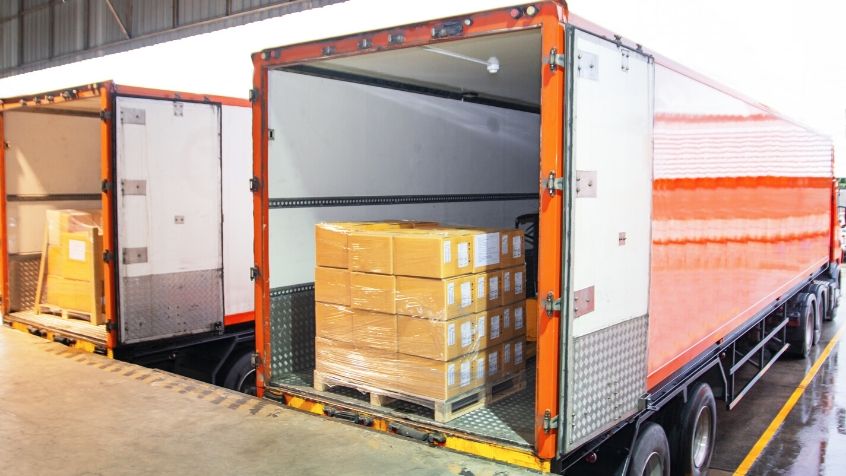
Distribution is a crucial step in the supply chain because it transports goods and services from the manufacturer to the distributor. From there, it’s accessible to the customer. Still, there’s a lot to consider with distribution networks that many small businesses don’t understand. Fortunately, this guide on how to create a distribution strategy will help by setting clear expectations, evaluating all feasible marketing channels, and consulting intermediaries for the most profitable distribution networks.
Set Expectations
Clearly defined expectations ensure you remain on track when creating your distribution strategy. You must understand the components that affect this process and then optimize them for your success. To do that, consider the ways your distribution strategy affects the current supply chain of that industry, product, or service. Would yours make a serious dent in the streamlined process if something were to impede on your approach? If so, identify these potential issues and find alternatives. Each step in the distribution network pertains to the overall strategy, from the manufacturing facility to the retailer. Once you’ve defined these expectations, move forward with other steps.
Evaluate Each Channel
From there, evaluate each channel your distribution strategy affects. Create a spreadsheet with each marketing intermediary along with your plan for selling the product either directly or indirectly. Consider the type of intermediary you wish to consult. Agents and brokers can sell the product for a fee or commission, whereas wholesalers and distributors purchase in bulk and sell to customers via retailers and e-commerce sites. Alternatively, contractors—also called value-added resellers—can purchase products and sell them along with their service. Evaluate each intermediary and the ways they can benefit your success. When researching each type of intermediary, consider the business relationship you’ll establish with them. Ask thorough questions regarding their support as a partner, potential strengths and weaknesses, and markups and upsells with products and services.
Narrow in Distribution Channels
The last step in creating a distribution strategy is to narrow down the most profitable distribution channels. Choose the one that generates the best revenue. Whether this is through one distribution channel or multiple, they are meant to offer the highest return on investments. These channels are grouped into any of the following categories: intensive distribution, selective distribution, and exclusive distribution. Intensive distribution refers to many intermediaries whereas selective only uses a few. Both could carry various products from multiple brands. Exclusive is the fewest and ensures intermediaries only carry specific products and not similar ones from competitors.
Of course, when creating your distribution strategy, you must have the best logistics fleet available. Luckily, that’s where we come in. At 18 Wheels Logistics, we offer the best distribution and single-source warehousing, trucking, and co-packing unlike any other. As a Vancouver trucking company, we understand the importance of food, medical, and other essential goods moving from the manufacturer to the retailer and customer. We offer the best experience for small businesses looking to expand their distribution outreach, so call today and we’ll happily assist you.
